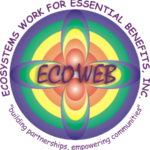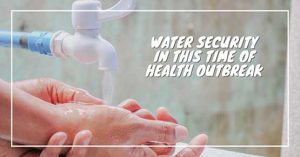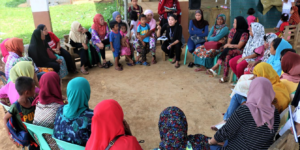Author: Audrey Rose Velayo Editor: Regina “Nanette” S. Antequisa Design: Kin Barkly Tibang Contributors: Imelda Manginsay, Tasnim Racman, Ashary Bantuas, Salahoden Samporna, Mark Antony Amarga, Ruel Hipulan, Roger Lisondra, Las Nieves LGU, and Community Groups
Special Thanks To: Las Nieves LGU and Community Groups, Bert Ablen, and Mayor Karen Rosales
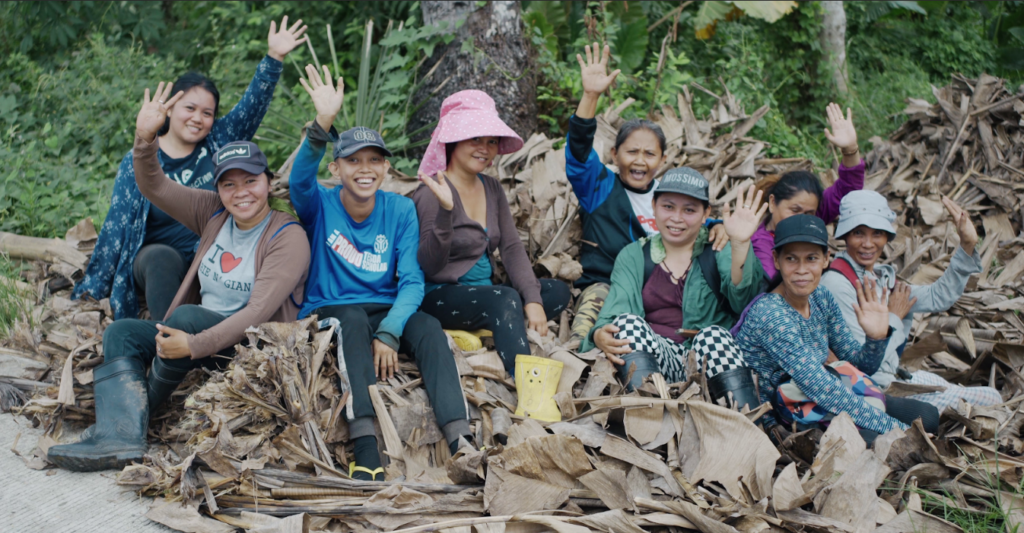
The Ambacon Women’s Association used their grant to establish a mushroom production enterprise. This project not only provided a sustainable income but also empowered women who had previously been confined to domestic roles. The project fostered solidarity and mutual support, with women becoming active contributors to their households and community.
“Before the grants, we were just mere housewives … Now, we are entrepreneurs, contributing to our household income and to our community. This has brought us closer together.” -Margie Corre Sulit, Ambacon Women’s Assoc.
Introduction
In December 2023 until February 2024 a series of climate-induced disasters devastate regions across Mindanao, Philippines, particularly in Regions XI, XII, CARAGA, and BARMM. A combination of shear lines and low-pressure areas led to severe flooding, affecting over 481,046 families. Las Nieves, Agusan del Norte, was one of the hardest-hit municipalities, where overflowing rivers displaced 14,331 residents and caused widespread destruction to homes and livelihoods, particularly in agriculture, livestock, and fisheries.
As the floodwaters receded, the community faced the challenge of long-term recovery. While traditional relief efforts provided emergency aid, they were insufficient for sustainable recovery. In response, Ecosystems Work for Essential Benefits (ECOWEB) introduced the Survivor Community-Led Crisis Response (SCLR) approach. SCLR empowered local communities to lead their own recovery efforts, supported by micro-grants. This approach proved transformative, enabling survivors and community groups to initiate response actions to emergency needs, rebuild stronger and more resilient livelihoods, or initiate community actions aimed to improve their preparedness, build their resilience and community cohesion or actions that address root causes of their vulnerability in a process that maintains their dignity and agency.

The SCLR Approach: A Transformative Paradigm
At the heart of the SCLR approach is a shift in humanitarian power dynamics, positioning the community as the primary actor in disaster response, recovery and resilience building efforts. SCLR emphasizes local participation, accountability, and transparency, ensuring that crisis-affected communities take charge of their recovery and development. By placing survivors at the center of decision-making, SCLR fosters sustainable, context-driven recovery that links immediate relief to long-term resilience and development goals.
Instead of doing the traditional externally-driven rapid disaster needs and impact assessment, an appreciative inquiry process done where existing community groups are enabled to assess their capacities and needs, identify their priority actions and plan for its implementation in a transparent and accountable process.

The SCLR approach is designed to:
- Empower communities to take charge of their own recovery and development.
- Equip local actors with tools and resources to build resilience and address future crises.
- Foster collaboration between communities, local governments, and civil society organizations to create synergies that drive sustainable change.
Micro-Grants: A Powerful Tool for Empowerment

Micro-grants are essential component to the SCLR approach. These flexible, small-scale funds complementing their existing community resources are provided directly to communities, allowing them to design and implement priority actions that address their specific needs. Unlike top-down, externally-driven programs, micro-grants empower crisis-affected communities to develop relevant and timely solutions grounded in local realities.
In Las Nieves, micro-grants enabled self-help groups (SHGs) or community mutual aid groups to address key issues like food security, livelihood restoration, water system improvement and community infrastructure development. These groups, supported by partnerships with the local government unit (LGU) and local volunteers from CLEARNet member and the National Anti-Poverty Commission-Victims of Disaster Calamities Sectoral Council (NAPC-VDC SC), played a pivotal role in leading community recovery initiatives
Bringing SCLR to Las Nieves: The Journey of Recovery
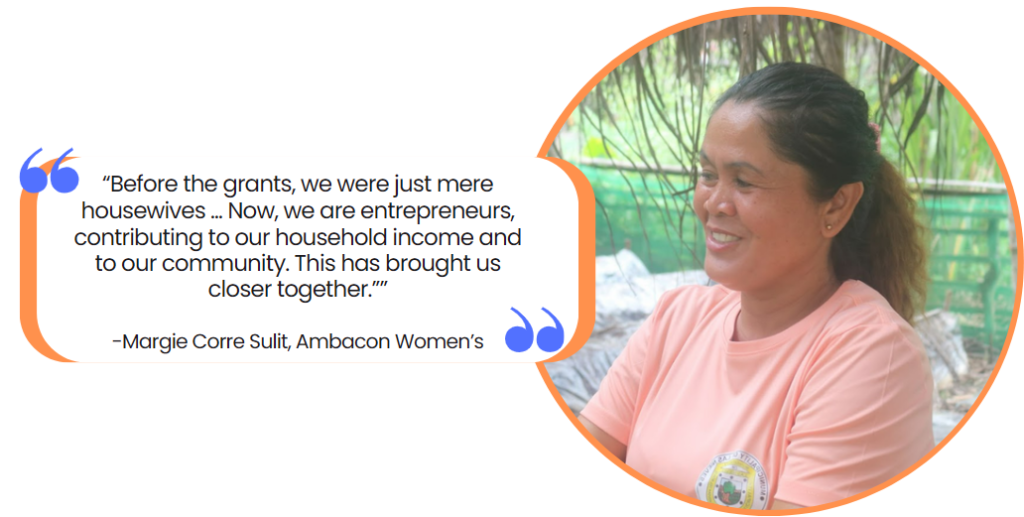
Economic Empowerment through Locally-Led Initiatives
A key outcome of the SCLR approach in Las Nieves was the economic empowerment of local communities. SHGs used micro-grants to restore livelihoods, create new income-generating activities, and strengthen resilience. For instance, the Ambocon Womens’s Association launched a mushroom production enterprise providing sustainable income and empowering women beyond domestic roles.
The project fostered solidarity and active participation in both households and the community. Within four months, 72% of the 29 micro-grant projects were fully operational, with 28% on the process of completion, showcasing the effectiveness of locally-led initiatives in driving economic development and resilience.
Water and Food Security
Many communities in Las Nieves faced challenges in accessing clean water and ensuring reliable food supplies, especially during disasters. Micro-grants helped address these issues. The Pinana-an Paawasa Livelihood Association used its grant to upgrade the local water system, which now provides clean water to more households even during crises
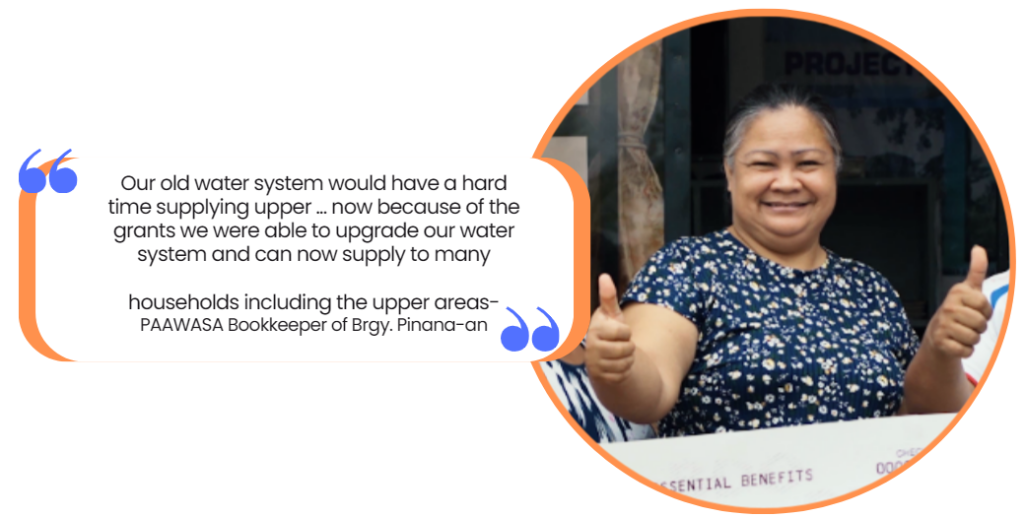
Better preparedness for the future
Through the SCLR approach, the Las Nieves community is better prepared for future crises by strengthening local leadership and resilience. Self-help groups (SHGs) have gained key skills in financial management, project implementation, and disaster preparedness, enabling swift action in times of need
Enhanced infrastructure, economic empowerment projects, and stronger partnerships with the local government and civil society provide a foundation for sustainable recovery, making the community more self-reliant and resilient to future disasters.

Capacity Building, Leadership
Through the SCLR approach, community SHGs gained essential skills in financial management, leadership, and project implementation, boosting the effectiveness of their recovery efforts. Mentorship from Save Mindanao Volunteers and NAPC-VDC supported SHGs in managing projects, fostering local leadership. This empowerment reduced dependence on external aid and built long-term resilience, enabling communities to confidently tackle future challenges.
Partnership with LGUs and Civil Society
A key factor in the success of the SCLR approach was the strong partnership between ECOWEB, the Las Nieves LGU, and local civil society organizations, such as Save Mindanao Volunteers, a member of CLEARNet, and NAPC-VDC sectoral council members. The LGU provided logistical support and training, while local volunteers facilitated communication between SHGs and stakeholders. This collaboration demonstrated how multi-stakeholder partnerships can accelerate recovery and ensure the sustainability of community-led initiatives.
Challenges and Solutions
Despite its successes, the SCLR approach encountered challenges. Some SHGs struggled with internal communication and decision-making, which hindered project progress. In one case, the Parents and Teachers Association faced difficulties distributing disaster risk reduction equipment. These challenges were addressed through coaching and capacity-building by ECOWEB and volunteers from CLEARNet, which helped improve organizational processes.
Another challenge was on ensuring timely feedback from community groups and members due to distance of communities and, limited number of facilitators. Creating social media chat group of recipient groups with facilitators bridged communications. But safe digital feedbacking platform such as Talk to Loop has been identified as an effective medium for getting sensitive feedback. However, its operation was suspended during the implementation. ECOWEB monitoring team then conducted field visits and face-to-face feedbacking and learning sessions with community recipient groups, enabling the resolution of issues more effectively.

Flexible Funding: A Catalyst for Timely and Responsive Action
Flexible funding was essential to the success of the SCLR approach. ECOWEB’s ability to access adaptable resources from philanthropic organizations allowed for the rapid deployment of micro-grants. This flexibility enabled communities to address their most pressing needs without waiting for lengthy approval processes. In humanitarian contexts, flexible funding is crucial to ensuring timely, community-driven responses to crises.

Recommendations: Scaling Up the SCLR Approach
The success of the SCLR approach in Las Nieves highlights the potential for this community-led model to be scaled up, both within the Philippines and across the Asia-Pacific region. The following recommendations outline how national and regional policymakers can harness the potential of SCLR to improve disaster recovery, resilience-building, and community leadership:
Integrate SCLR into National DRR Frameworks: Governments should institutionalize the SCLR approach within national disaster risk reduction (DRR) policies to promote locally-led initiatives.
Foster Multi-Stakeholder Collaboration: Strengthen partnerships between local governments, civil society, and communities to support sustainable, community-led recovery efforts.
Ensure Access to Flexible Funding: Governments and international organizations should prioritize funding models that allow for rapid and responsive allocation of resources to locally-driven recovery projects.
Promote Capacity Building: Provide ongoing training in financial management, leadership, and project implementation to ensure the long-term success of community-led initiatives.
Expand the SCLR Approach Across the Region: Regional bodies, such as the Asia-Pacific Ministerial Conference on Disaster Risk Reduction (APMCDRR), should adopt and promote SCLR as part of broader efforts to localize humanitarian action and enhance community resilience.
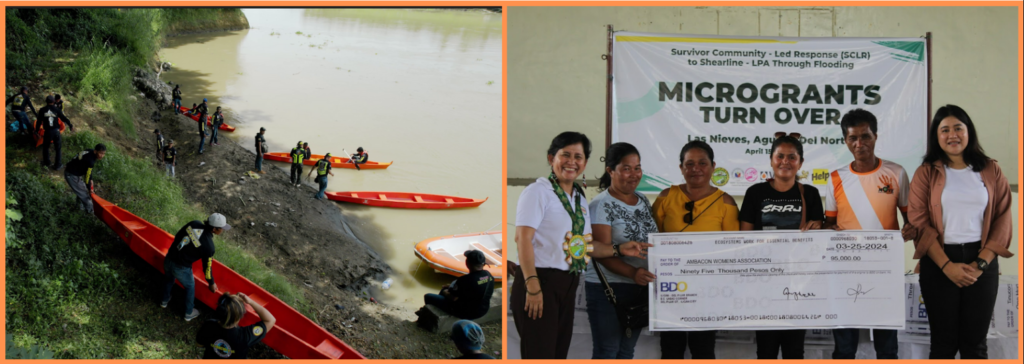
Conclusion:
The Future of Community-Led Disaster Response
The SCLR experience in Las Nieves has demonstrated that empowering communities to lead their own recovery is not only feasible but highly effective. By providing micro-grants and fostering collaboration between local governments, civil society, and volunteers, SCLR has transformed disaster recovery efforts, placing local leadership at the forefront. This model offers a sustainable blueprint for building resilience and empowering vulnerable communities in the Philippines and beyond. It serves as a powerful example of how flexible funding, local leadership, and multi-stakeholder partnerships can shape a more inclusive and resilient future.
Sources:
1. “Combined Effects of Shear Line and LPA in the Philippines – Flash Update #1, 22 November 2023 – Philippines,” ReliefWeb, November 22, 2023, https://reliefweb.int/report/philippines/combined-effects-shear-line-and-lpa-philippines-flash-update-1-22-november-2023.
2. “Survivor and community-led response to crisis approach (sclr)” ECOWEB, https://ecowebph.org/category/advocacy/accountability-to-affected-population/sclr/
3. Justin Corbett, Kareen Bughaw, and Regina Antequisa, “ECOWEB’S USE OF COMMUNITY LED RESPONSES IN THE PHILIPPINES 2017 – 2020,” Local to Global Protection, 2018, accessed October 7, 2024,
The Ecosystems Work for Essential Benefits (ECOWEB), Inc. has been applying the survivor and community led crisis response (sclr) approach since 2017 and has worked with around a thousand community self-help groups over the 7 years period.
